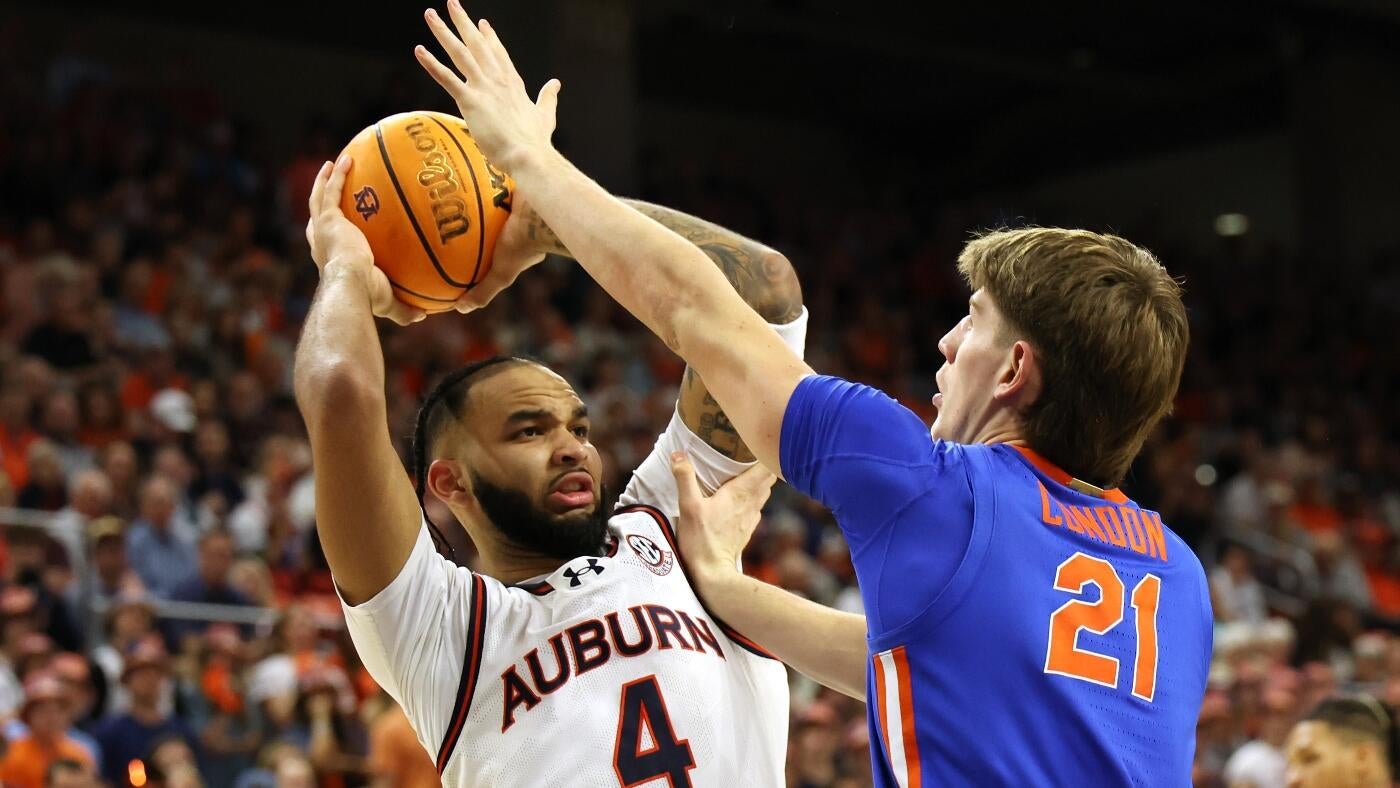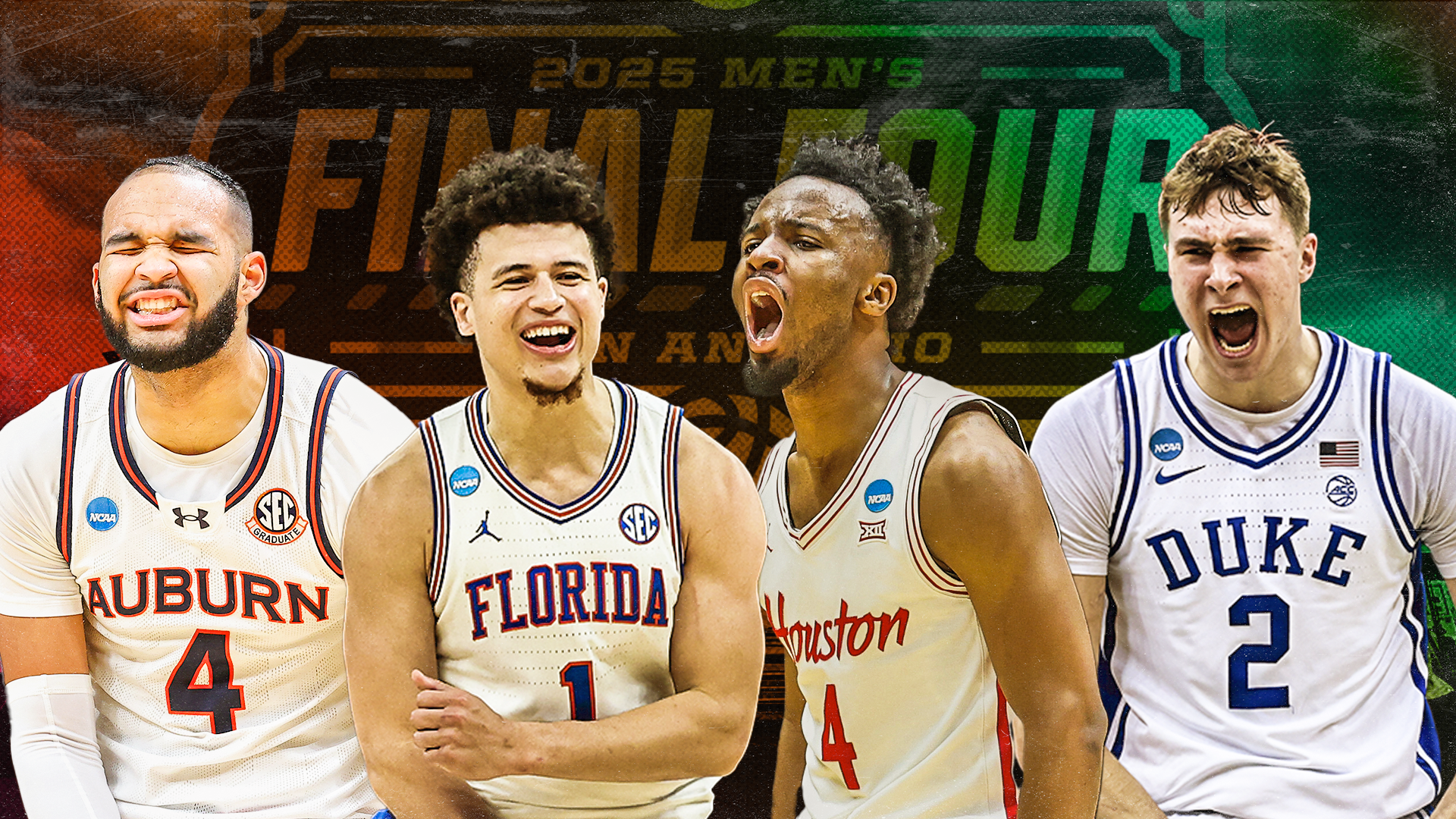SAN ANTONIO – Welcome to the Final Four, brought to you by the AARP, the Social Security Administration and Geritol. By college basketball standards, the Alamodome this weekend might as well be a nursing home. If you’re looking for a collection of players who are, shall we say, unusually mature to still be in college, you’ve come to the right place.
Meet No. 1 overall seed Auburn, a team whose starting lineup averages 23.4 years of age – the same as the Oklahoma City Thunder and older than the Portland Trail Blazers or Atlanta Hawks.
Meet Houston, a team that starts a pair of 23-year-olds who have played a combined 316 games of college basketball.
Meet Florida, a team that has gotten 56 percent of its scoring in this NCAA Tournament from just three players – all of whom are age 22 and older.
And then there’s Duke, the only team remaining with a teenager in its starting lineup. In what seems like a sacrilege in this era of college basketball, the Blue Devils start three of them.
“I think there’s a part of you that feels maybe you’re a little crazy at times, just because it’s so different,” Duke coach Jon Scheyer said.
Back in 2008, the last time there were four No. 1 seeds in the Final Four, you had Memphis, whose best player was 19-year-old Derrick Rose. You had a UCLA team led by 19-year-old Kevin Love and Russell Westbrook. North Carolina had spectacular 20-year-olds in Wayne Ellington, Danny Green and Ty Lawson supporting 22-year-old Tyler Hansbrough. And national champion Kansas was the grizzled team of the bunch, whose starting lineup averaged a ripe old 21.4 years of age.
That’s how college basketball used to be.
For better or worse, that’s not how it is anymore.
“The landscape has definitely changed,” said 23-year-old Houston guard L.J. Cryer, who started his college career with Baylor back in 2020-21. “It’s beneficial for us to stay in college as long as you can. I mean, if we had seven years (of eligibility), we would come back.”
Had he been a few years older, Cryer might not have stayed in college this long. He’s a borderline NBA prospect, probably headed for a career in Europe or hoping to get a two-way NBA contract that would shuttle him between the G League and the big club. Those types of players – and there were hundreds of them every year in college basketball – often tried to leave as early as possible, even if they were unlikely to get drafted.
But that all changed in 2021 when the NCAA rescinded its longstanding rule that prevented players from profiting off their name, image and likeness. Suddenly, players in Cryer’s situation had an economic ...



